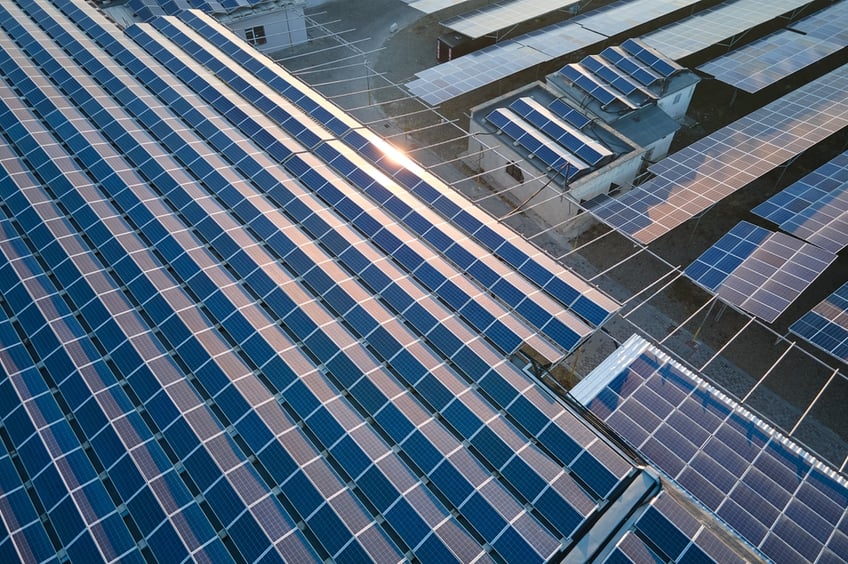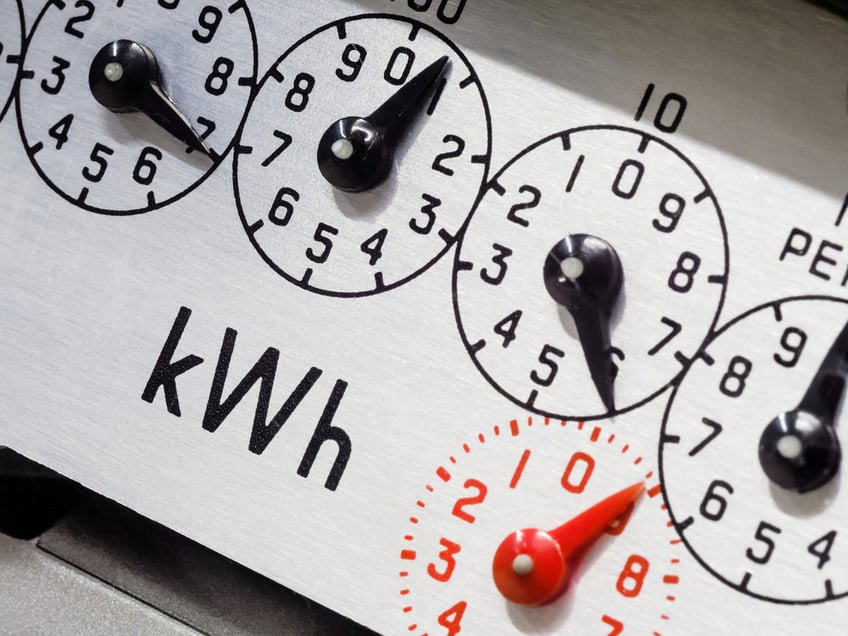3 Reasons Why 2023 Will Be a Great Year for Solar Power in the US

Solar power represents 45% of the generation capacity added to US electricity grids in 2022, with more than 13 gigawatts (GW) installed between January and September. Solar generation is expected to continue growing at a fast pace in the near future, and the Solar Energy Industries Association (SEIA) is forecasting an average annual growth rate of 21% between 2023 and 2027.
The year 2022 brought both challenges and opportunities for US solar companies. The Inflation Reduction Act restored the 30% solar federal tax credit, which had been reduced to 26% in 2020. The tax credit was also set to expire in 2024, and the Act has extended the benefit through 2024. Electricity prices have also increased significantly throughout the US, and more homeowners and businesses are considering solar power.
Reduce your building's energy expenses and emissions with a solar PV + battery system.
Unfortunately, the US solar industry has also faced hardships, mostly related to inflation and supply chain issues.
- In 2021, the Withhold Release Order (WRO) restricted solar panel imports containing materials from Hoshine Silicon Industry Co.
- Early in 2022, the US Department of Commerce was conducting an investigation related to import tariff circumvention in southeast Asian countries, and the industry faced potential AD/CVD tariffs of up to 250%.
- Now the Uyghur Forced Labor Prevention Act (UFLPA) is slowing down solar imports, since developers must prove their solar panels don’t use quartzite sources that involve forced labor.
This combination of positive and negative factors results in a turbulent year for the solar industry, and large projects are the most affected by supply chain issues. Small and medium-scale solar installers can easily switch to locally manufactured modules, but this is not possible at larger scales. However, the short-term outlook is very favorable for the US solar industry, and here we will discuss three main reasons.
1) New Incentives from the Inflation Reduction Act

The Inflation Reduction Act not only improved the Investment Tax Credit for solar energy systems. The Act also introduced dedicated tax credits for energy storage systems and electric vehicles, and both technologies achieve synergy with solar panels. Electricity prices are on the rise, and this results in higher operating costs for battery and EV owners who get all their electricity from the grid.
- Higher demand for building energy storage systems and EVs can be expected to drive demand for solar panels.
- Instead of purchasing expensive kilowatt-hours from the grid, battery and EV owners can generate their own electricity.
Federal tax credits for energy storage and zero-emission vehicles were already available before the Inflation Reduction Act, but they have been improved. For example, the previous tax credit was only available for commercial battery systems getting at least 75% of their charge from onsite solar panels. This restriction limited the use of batteries, since solar generation is not always available. Now the requirement has been removed, and the federal tax credit is available for all commercial battery systems with at least 5 kWh of capacity, regardless of how they interact with solar panels.
2) Rising Electric Tariffs Improve the Business Case for Solar

Expensive electricity is bad news if you get 100% of your power supply from the grid, but this also means solar panels achieve higher savings per kilowatt-hour produced. As a quick example, consider the average kWh price for commercial users in NY, compared with one year ago (Source: US Energy Information Administration).
- Commercial kWh price in NY, September 2022: 17.77 cents/kWh
- Commercial kWh price in NY, September 2021: 20.51 cents/kWh
On average, electricity prices are up by nearly 16% for commercial users in New York state. For a building owner using 20,000 kWh per month, the typical electricity bill increased from $3,554 to $4,102. However, the same logic applies for the electricity output of solar energy systems: a commercial PV array generating 10,000 kWh/month was saving $1,777 one year ago, and not the value of that electricity is $2,051.
Natural gas is the main electricity source in the US, and the global supply is expected to remain tight in the near future. Electric tariffs can be expected to continue rising, but this can be mitigated with onsite solar generation.
3) The US Solar Industry Is Solving Supply Chain Issues
Large-scale solar projects have been greatly slowed down by the combination of the Withhold Release Order, the US DOC import tariff investigation, and more recently the Uyghur Forced Labor Prevention Act.
- Compliance with the UFLPA has been particularly difficult, since solar developers must prove their modules don't use materials that come from forced labor, and quartzite sourcing documentation is not readily available.
- However, the latest Solar Market Insight Report presents a positive outlook, and the US solar industry is expected to solve these supply chain issues by the second half of 2023.
As solar imports resume their normal pace, many gigawatts of capacity will be brought online. They will also benefit from the improved Investment Tax Credit, and developers can also choose a Production Tax Credit of $26/MWh instead of the ITC. The growth forecast for the US solar industry is 21% annually between 2023 and 2027.

Michael Tobias
Michael Tobias, the Founding Principal of NY Engineers, currently leads a team of 150+ MEP/FP engineers and has led over 4,000 projects in the US
Join 15,000+ Fellow Architects and Contractors
Get expert engineering tips straight to your inbox. Subscribe to the NY Engineers Blog below.

